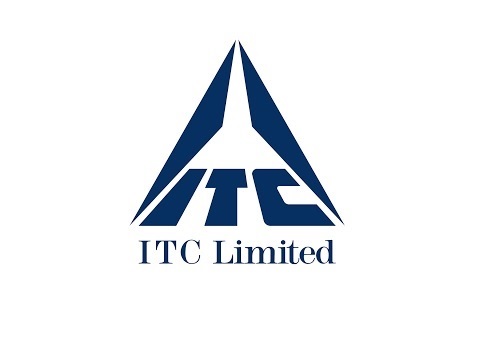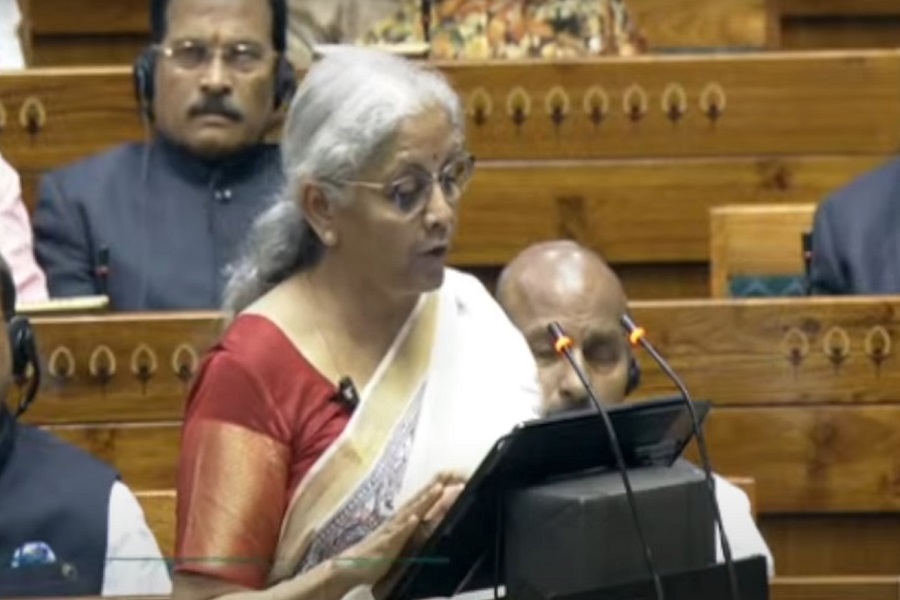69 pc of $1 trillion FDI inflow into India came in last 10 years: Government

Total FDI inflows into India over the last decade (April 2014 to September 2024) amounted to $709.84 billion, accounting for 68.69 per cent of the overall FDI inflow in the past 24 years which crossed the $1 trillion mark, according to the Commerce and Industry Ministry’s year-end review released on Thursday.
“This landmark achievement was bolstered by a nearly 26 per cent rise in FDI to $42.1 billion during the first half of the current fiscal year,” the review stated.
Such growth reflects India’s increasing appeal as a global investment destination, driven by a proactive policy framework, a dynamic business environment, and increasing international competitiveness, the statement said.
FDI has played a transformative role in India’s development by providing substantial non-debt financial resources, fostering technology transfers, and creating employment opportunities.
Initiatives like ‘Make in India,’ liberalised sectoral policies, and the Goods and Services Tax (GST) have enhanced investor confidence, while competitive labour costs and strategic incentives continue to attract multinational corporations.
India’s remarkable achievement in attracting FDI can be attributed to a range of contributing factors, according to the Ministry.
Factors like improved global competitiveness, a dynamic innovation ecosystem, and a business-friendly environment have been key drivers.
Initiatives such as ‘Make in India,’ liberalisation of sectoral policies, and recent policy changes, including greater FDI in the space sector, reflect the country’s proactive approach.
As India continues to align with global economic trends, it is well-positioned to further strengthen its role on the global stage, fostering sustainable growth and development.
India’s ranking in the World Competitive Index 2024 jumped three positions to 40th, from 43rd in 2021.
Additionally, India was named as the 48th most innovative country among the top 50 nations, securing the 40th position out of 132 economies in the Global Innovation Index 2023, a significant improvement from its 81st position in 2015.
These rankings highlight the country’s progress in enhancing its innovation ecosystem and competitive edge.
The country’s global investment standing has improved as it was the third-largest recipient of greenfield projects with 1,008 project announcements, as per the World Investment Report 2023.
The number of international project finance deals in India also increased by 64 per cent, making it the recipient of the second-largest number of international project finance deals.
These statistics underscore India’s growing prominence on the global investment stage.
India has also made remarkable progress in improving its business environment, climbing from 142nd in 2014 to 63rd in the World Bank’s Doing Business Report (DBR) 2020, published in October 2019 before its discontinuation.
This 79-rank jump over five years reflects the government’s sustained efforts to simplify regulations, reduce bureaucratic hurdles, and create a more business-friendly environment, significantly boosting investor confidence, the statement said.
To promote FDI, the government has put in place an investor-friendly policy, wherein most sectors, except certain strategically-important sectors, are open for 100 per cent FDI under the automatic route.
Further, to simplify tax compliance for startups and foreign investors, the Income Tax Act, 1961 was amended in 2024 to abolish Angel Tax and to reduce Income Tax rate chargeable on income of a foreign company, it added.







.jpg)



















